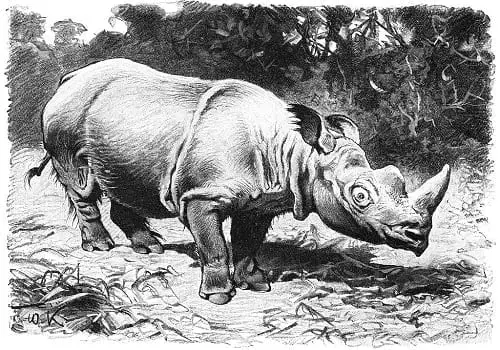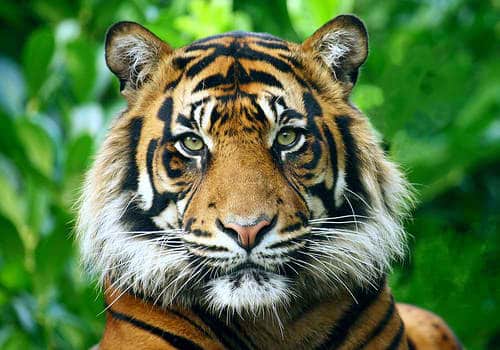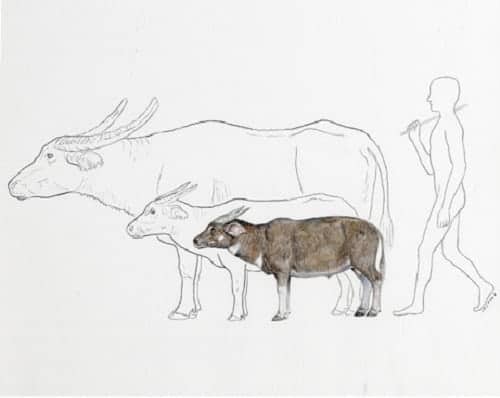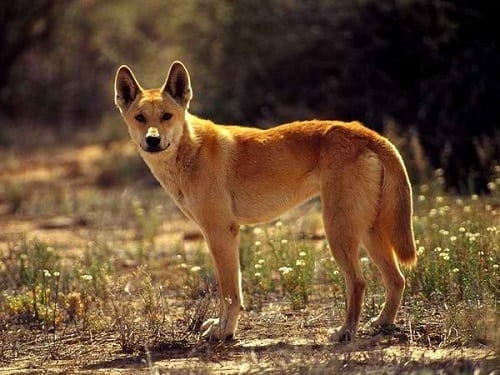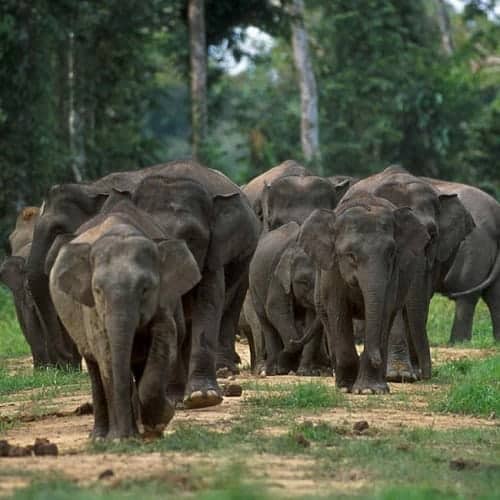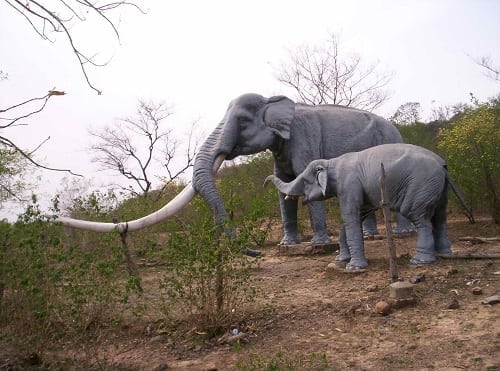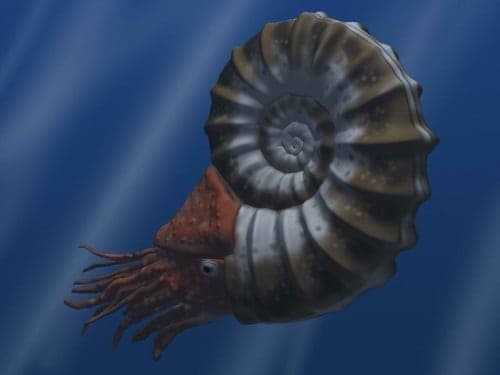7 Prehistoric Animals You Didn’t Know Once Roamed The Philippines

Did you know that aside from having one of the most diverse ecosystems in the world, the Philippines also once hosted animals you thought would be found elsewhere?
Also Read: An Ultimate Guide To Philippine Mythology’s Legendary Deities
As various fossil evidence would tell us, the pre-historic Philippines contained a wide range of amazing animals that sadly didn’t make it to the modern era. And with various excavations still ongoing, we can assume that more amazing discoveries are just waiting to be found somewhere out there.
NOTE: Due to a lack of complete fossils or sketches thereof, we have instead used photos of the closest living relatives in some of the entries for comparison purposes only.
Table of Contents
- 1. Rhinoceros
- 2. Tiger
- 3. Pygmy Buffalo
- 4. Dingo
- 5. Dwarf Elephant
- 6. Stegodon
- 7. Ammonite
- How About The Dinosaurs?
- References
1. Rhinoceros
The discovery of a fossilized upper jaw of a rhino in Fort Bonifacio in 1965 is evidence that endemic rhinoceroses once roamed the Philippines.
Due to the lack of a complete skeleton, little is known about Rhinoceros philippinensis, other than that it lived during the Pleistocene era (2.588 million – 11,700 years ago) and that it was essentially the larger version of its modern cousin, the Sumatran rhino.
Related Article: 12 Surprising Facts You Didn’t Know About Pre-Colonial Philippines
2. Tiger
As evidenced by the discovery of toe bones in El Nido, Palawan, it is believed that tigers may have settled in the area 420,000 – 620,000 years ago by swimming all the way from Borneo which at the time was separated from our island by a mere few kilometers of water.
Later on, a small population of tigers became trapped in Palawan when the gap widened as a result of rising sea levels. This population gradually became extinct due to a combination of diminished prey, loss of habitat, and possible overhunting by our ancestors.
3. Pygmy Buffalo
Other than the world-famous Tamaraw, another species of dwarf buffalo is believed to have settled here in the Philippines, particularly on the island of Cebu between 10,000 – 100,000 years ago.
Judging from fossils accidentally found on a hillside in Cebu, Bubalus cebuensis is estimated to be only 2.5 feet tall at shoulder height and weighed only 350 lbs.
Scientists say its discovery is significant because it offered an insight into island dwarfism—an evolutionary phenomenon wherein animals become smaller over time in order to adapt to confined locations with meager resources.
4. Dingo
Could it be our very own lovable askals descended from one of Australia’s most well-known animals?
Notwithstanding the two competing theories of whether dingos (or their ancestors thereof) came from India or China thousands of years ago, it is believed that these hunter-gatherers who brought along these dingos may have done a stopover in the Philippines before going to Australia.
Over time these dogs became less feral and ended up being fully domesticated by the inhabitants. The striking physical features between our askals and the dingo certainly add credence to this theory.
5. Dwarf Elephant
Dwarf elephants were believed to have lived in the Philippines—Luzon and Panay specifically—during the Pleistocene era.
Discoveries of various fossils help support the theory that land bridges could have helped these animals cross over to the archipelago. Accordingly, it is also held that during the pre-Spanish era, a wild elephant population existed in Jolo, their parents being two elephants given as gifts by the Javanese ruler to the Sultanate of Sulu.
The population continued to exist even with the coming of the Spaniards until it finally died out in 1850, most likely due to overhunting by the natives.
6. Stegodon
Stegodons, the extinct subfamily of elephants, were also known to have roamed the Philippines during the Pleistocene era.
Possessing larger skulls and lower crowned teeth than their counterparts, these massive animals were thought to have lived in different areas of Luzon and Mindanao, subsequently branching off into four distinct subtypes.
As with their fellow pachyderms, unfavorable geographical conditions and human intervention may have contributed to their demise.
7. Ammonite
One of the oldest recorded fossils in the Philippines came from an ammonite specimen discovered in Mansalay town in Mindoro. Estimated to be 160 – 175 million years old, this specimen serves as the first-known evidence of animal life in the Philippines during the Mesozoic Era, better known as the “Age of Reptiles” (dinosaurs).
Incidentally, ammonites are related to octopuses, squid, and cuttlefish and closely resemble today’s nautilus.
How About The Dinosaurs?
We know what you’re probably thinking: “Were there also dinosaurs?” For now, we cannot be sure.
The odds of finding dinosaur bones are certainly great, keeping in mind that the archipelago came out of the sea long after the dinosaurs were gone. However, as we’ve mentioned, we have barely managed to scratch the surface in discovering the rich pre-history of our country.
We can also take into account that people once thought dinosaurs never lived in New Zealand, yet a single accidental discovery revealed that the country once teemed with these animals.
Featured image via www.khoratfossil.org
References
Evolution of Island Mammals: Adaptation and Extinction of Placental Mammals
National Museum of the Philippines
Written by FilipiKnow
in Facts & Figures, History & Culture, Science and Technology, Travel & Nature
Last Updated
FilipiKnow
FilipiKnow strives to ensure each article published on this website is as accurate and reliable as possible. We invite you, our reader, to take part in our mission to provide free, high-quality information for every Juan. If you think this article needs improvement, or if you have suggestions on how we can better achieve our goals, let us know by sending a message to admin at filipiknow dot net
Copyright Notice
All materials contained on this site are protected by the Republic of the Philippines copyright law and may not be reproduced, distributed, transmitted, displayed, published, or broadcast without the prior written permission of filipiknow.net or in the case of third party materials, the owner of that content. You may not alter or remove any trademark, copyright, or other notice from copies of the content. Be warned that we have already reported and helped terminate several websites and YouTube channels for blatantly stealing our content. If you wish to use filipiknow.net content for commercial purposes, such as for content syndication, etc., please contact us at legal(at)filipiknow(dot)net

